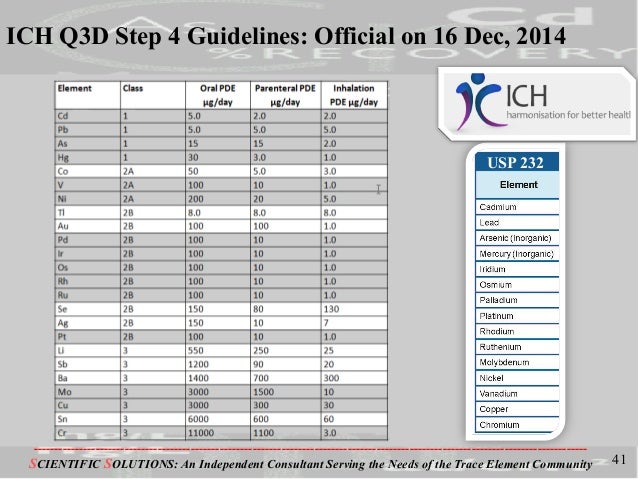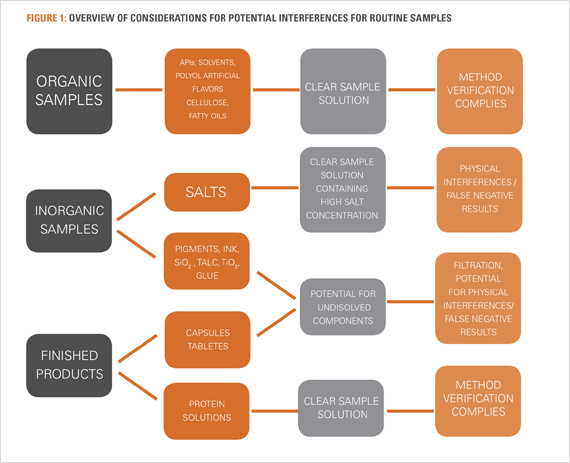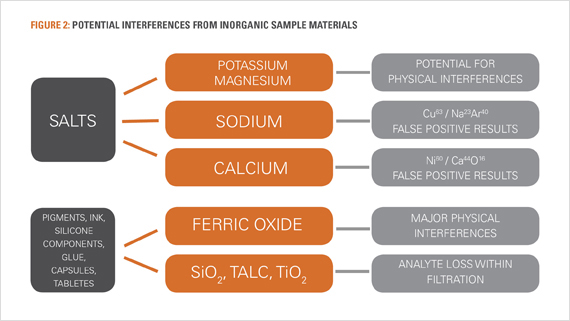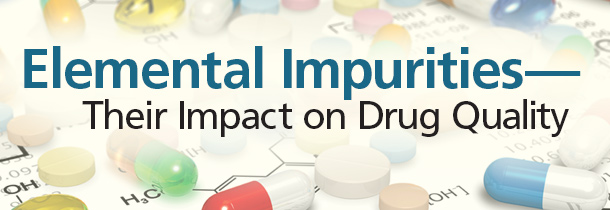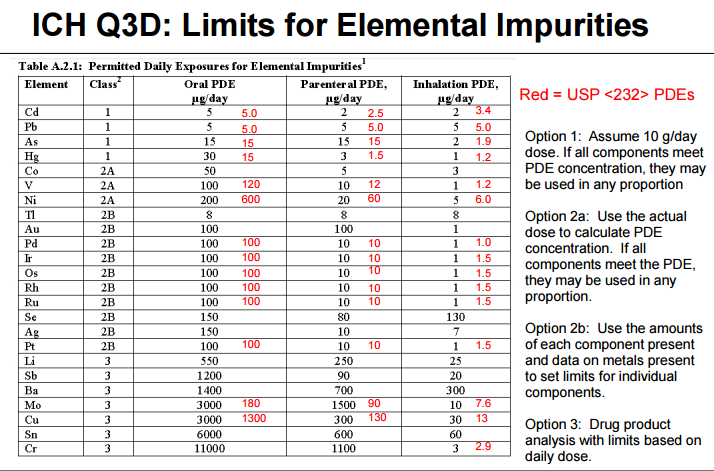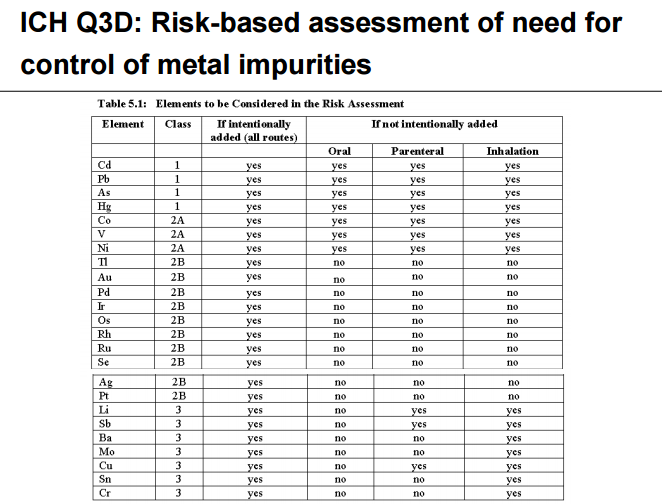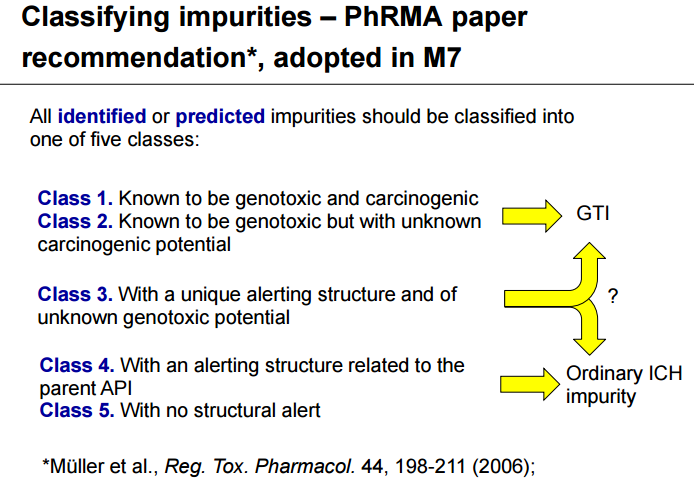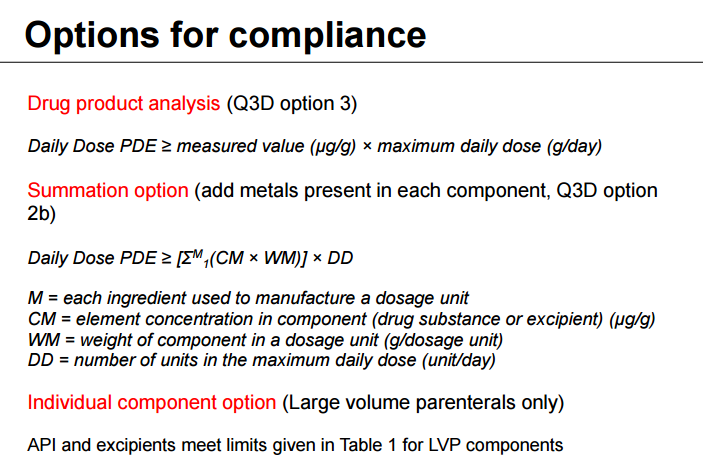.jpg)
During the manufacture of APIs as sulfonate salts, esters of sulfonic acid may develop in undesired chemical side reactions. Recently, five new General Monographs have been included in the European Pharmacopoeia which describe how to cope with these impurities. Read more about these genotoxic impurities and the possibility to control them thanks to risk assessments.
Sulfonic acids are often used for the manufacture of pharmaceutical APIs. They serve as counterions in crystallisation processes, as protective groups or acid catalysts in API syntheses. Here, if short-chain alcohols such as methanol, ethanol or isopropanol are present, the formation of esters of these sulfonic acids can occur, which may have a genotoxic potential (alkylation of DNA).
The Mesilate Working Party which has been appointed in 2008 by the European Pharmacopoeia Commission has elaborated five General Chapters on different sulfonates which have been published in the European Pharmacopoeia Supplement 8.7 that came into force on 1 April 2016. The General Chapters are as follows:
- 2.5.37 Methyl, ethyl and isopropyl methanesulfonate in methanesulfonic acid
- 2.5.38 Methyl, ethyl and isopropyl methanesulfonate in active substances
- 2.5.39 Methanesulfonyl chloride in methanesulfonic acid
- 2.5.40 Methyl, ethyl and isopropyl toluenesulfonate in active substances
- 2.5.41 Methyl, ethyl and isopropyl benzenesulfonate in active substances
As reported in a press release from the EDQM dated 25 February 2016 the completion of Chapter 2.5.41 marks the end of the Mesilate Working Party, as decided by the Ph. Eur. Commission. Simultaneously, the Commission had also decided to revise the section “Production” in APIs-Sulfonates monographs and replace it by an additional standard text according to which the principles of risk management have to be used in the manufacture of APIs with regard to the genotoxic impurities. The text is as follows:
“It is considered that [XXX esters] are genotoxic and are potential impurities in [name of the API]. The manufacturing process should be developed taking into consideration the principles of quality risk management, together with considerations of the quality of starting materials, process capability and validation. The general method [2.5.XX] is available to assist manufacturers.”
Basically, the General Chapters of the European Pharmacopoeia will only be binding when they are referred to in a monograph; the only exception is when the reference made has only a recommendation character. This applies to all these five General Chapters. The purpose of the new text segment in the “Production” sections is to alert the applicant of a marketing authorisation of the risk related to such sulfonates impurities. He / she is not obliged to perform the analytical testing described in the general monographs; it is rather sufficient to strongly justify the absence of these impurities by means of a risk assessment in the application. The ultimate decision whether this justification is suffiicient lies with the assessor of the competent authority.
/////Five new General Chapters, European Pharmacopoeia, Genotoxic Impurities, Pharmaceutical APIs














